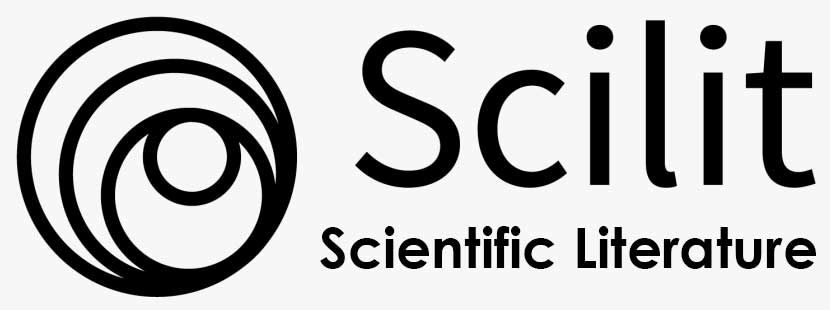Antioxidant Activity and Toxicity of Stem Bark Extracts of Hancornia speciosa Gomes (Apocynaceae)
Viviane Bezerra da Silva1, Maria Hellena Garcia Novais2, Maria Clara Alcantara de Freitas3, Janaína de Souza Bezerra3, Gabriela Nunes Bezerra3, Luciene Ferreira de Lima1, Francisco Sydney Henrique Félix4, Paula Patrícia Marques Cordeiro1, João Pereira da Silva Junior1, José Walber Gonçalves Castro1, Damiana Gonçalves de Sousa Freitas1, Vanessa Leopoldino Coelho Rodrigues5, Simone Galdino de Sousa1, Pammera Morais Siqueira6, Maria Aparecida Barbosa de Sousa1, Regivânia Lima Silva1, Jeane Dantas Sousa1, Anita Oliveira Brito Pereira Bezerra Martins1, José Weverton Almeida-Bezerra1*
1Regional University of Cariri, Crato – CE, Brazil.
2Federal University of Cariri, Barbalha – CE, Brazil.
3Dr. Leao Sampaio University Center, Juazeiro do Norte – CE, Brazil.
4State University of Ceara, Fortaleza – CE, Brazil.
5Faculdade Cathedral, Boa Vista – RR, Brazil.
6Medical School of Estacio of Juazeiro do Norte, Juazeiro do Norte – CE, Brazil.
*Corresponding Author: Jose Weverton Almeida-Bezerra, Department of Biological Chemistry, Regional University of Cariri, 63105-000, Crato, CE, Brazil.
https://doi.org/10.58624/SVOAMB.2025.06.014
Received: May 22, 2025
Published: July 01, 2025
Citation: da Silva VB, Novais MHG, de Freitas MCA, de Souza Bezerra J, Bezerra GN, de Lima LF, Felix FSH, Cordeiro PPM, da Silva Junior JP, Castro JWG, de Sousa Freitas DG, Rodrigues VLC, de Sousa SG, Siqueira PM, de Sousa MAB, Silva RL, Sousa JD, Martins AOBP, Almeida-Bezerra JW. Antioxidant Activity and Toxicity of Stem Bark Extracts of Hancornia speciosa Gomes (Apocynaceae). SVOA Microbiology 2025, 6:4, 118-124. doi:10.58624/SVOAMB.2025.06.014
Abstract
Hancornia speciosa Gomes, popularly known as mangabeira, is a species from the Apocynaceae family widely distributed in Brazil and used in traditional medicine due to its therapeutic properties. This study aimed to evaluate the antioxidant activity and toxicity of stem bark extracts from this species. The extracts were obtained through sequential extractions using n-hexane, ethyl ether, and methanol. Antioxidant activity was assessed using the DPPH radical scavenging assay, while toxicity was evaluated through the Artemia salina bioassay. The results showed that the extracts exhibited significant antioxidant capacity, with emphasis on the ethereal extract (EEHS), which presented an IC₅₀ of 7.35 μg/mL, a value close to that of the positive control, ascorbic acid (IC₅₀ of 4.31 μg/mL). In the toxicity assay, EEHS showed higher toxicity, with an LC₅₀ of 67.35 μg/mL, comparable to potassium dichromate, while the methanolic extract (EMHS) exhibited an LC₅₀ of 561.7 μg/mL, indicating lower toxicity. These findings highlight the potential of the species as a source of bioactive compounds with antioxidant properties, while also emphasizing the need for further studies to structurally characterize the involved metabolites, elucidate their mechanisms of action, and evaluate the safety of these extracts for possible therapeutic applications. Additional assays using more complex biological models are essential to determine their viability in the development of new antioxidant agents and natural product-based drugs.
Keywords: Metabolites; Free Radicals; Artemia Salina; Flavonoids; Therapeutic Applications.











